
Choosing between dental work in Mexico and the USA is a major decision driven by a balance of cost, quality, and convenience. The staggering price difference has made Mexico a premier destination for dental tourism, attracting millions of Americans seeking affordable care. However, the high standards, regulatory oversight, and familiarity of the US system remain a significant draw. This guide provides a detailed, unbiased comparison to help you navigate your options for everything from dental implants in Mexico to routine care in the USA, ensuring you make a confident and informed choice for your oral health.
Choosing Your Destination for a Healthier Smile
The primary driver for seeking dental care in Mexico is the potential for 50-70% savings on major procedures. Cities like Tijuana, Los Algodones, and Cancun have become hubs with modern clinics specifically designed to cater to international patients, often equipped with the latest technology and US-trained dentists.
In contrast, the USA offers the gold standard in regulated dental care, backed by the American Dental Association (ADA). While costs are significantly higher, patients benefit from stringent safety protocols, easy legal recourse, and the convenience of local follow-up care, which is often covered by dental insurance plans.
Dental Work in Mexico vs. USA at a Glance
| Feature | Mexico | USA |
|---|---|---|
| Single Dental Implant (with crown) | $1,000 - $2,200 USD | $3,500 - $6,000+ USD |
| Porcelain/Zirconia Crown | $350 - $600 USD | $1,200 - $2,500 USD |
| Porcelain Veneer (per tooth) | $350 - $550 USD | $1,000 - $2,500 USD |
| Root Canal (Molar) | $300 - $600 USD | $1,500 - $3,000 USD |
| All-on-4 Implants (per arch) | $8,000 - $14,000 USD | $20,000 - $35,000+ USD |
| Dentist Training | Rigorous training; many seek additional US/international certifications. | DDS/DMD degree from a CODA-accredited school, plus state licensure. |
| Regulatory Oversight | Mexican Dental Association (ADM) provides optional certification. | Strictly regulated by state dental boards and the ADA. |
| Technology & Materials | Top clinics use identical CAD/CAM technology and materials (e.g., Nobel Biocare, Straumann). | High-tech equipment is standard practice across the country. |
| Wait Times | Often minimal; procedures can be scheduled quickly and condensed into a short trip. | Can be weeks or months for specialist appointments and non-emergency work. |
| Insurance Acceptance | Generally not accepted; patients pay out-of-pocket and may seek reimbursement. | Widely accepted, though coverage varies significantly by plan. |
| Follow-up Care | Requires travel back to the clinic or coordination with a local US dentist. | Convenient and easily accessible with the original provider. |
Mexico vs. USA: A Deep Dive into Dental Capabilities
USA: Key Capabilities
The US dental system is defined by its rigorous standards and regulatory oversight. Every practicing dentist must be a graduate of a CODA-accredited dental school and pass national and state board examinations. This ensures a consistently high baseline of care.
The system is governed by the American Dental Association (ADA), which sets the standards for ethics, safety, and materials. Patients benefit from advanced technology as a standard, comprehensive insurance networks, and robust legal protections, including malpractice insurance.
This framework provides a high degree of safety, predictability, and peace of mind for patients seeking any level of dental care.
Mexico: Key Capabilities
Mexico's primary capability is delivering high-quality, affordable dental care. The competitive landscape, especially in dental tourism hotspots, has driven clinics to invest heavily in state-of-the-art technology (CAD/CAM, 3D imaging) and top-tier materials to attract American patients.
Many dentists pursue postgraduate training in the US and are members of American dental organizations. The patient experience is often streamlined, with clinics offering all-inclusive packages that may cover consultations, treatment, and even local transportation.
This model allows patients to receive extensive work, such as full mouth reconstruction or multiple implants, in a single, condensed trip, saving both time and money.
Dental Work in the USA: Pros And Cons
Pros
- Highest Standard of Care: Enforced by strict state and federal regulations.
- Clear Legal Recourse: Well-established malpractice laws protect patients.
- Insurance Coverage: Most dental insurance plans are accepted, reducing out-of-pocket costs.
- Convenient Follow-Up: Easy access to your dentist for adjustments and routine care.
- No Language or Travel Barriers: Familiar environment and no need for international travel.
Cons
- Extremely High Cost: One of the most expensive countries for dental care in the world.
- Long Wait Times: It can take weeks or even months to get an appointment with a specialist.
- Complex Insurance System: Navigating deductibles, co-pays, and annual maximums can be frustrating.
- Less Price Transparency: Costs can be difficult to determine upfront before insurance processing.
Dental Work in Mexico: Pros And Cons
Pros
- Massive Cost Savings: Save 50-70% or more on identical procedures.
- High-Quality Care Available: Reputable clinics use the same materials and technology as US dentists.
- Speed and Efficiency: Get complex dental work completed in a fraction of the time.
- Price Transparency: Clinics provide clear, all-inclusive quotes upfront.
- Experienced Dentists: Many dentists specialize in complex procedures for international patients.
Cons
- Variable Quality: Thorough research is critical to avoid subpar clinics.
- Difficult Follow-Up: Complications or adjustments require another trip.
- Limited Legal Recourse: Malpractice claims are much more difficult to pursue.
- No Insurance Acceptance: Patients must pay upfront and seek reimbursement later (if possible).
- Potential for Communication Barriers: While top clinics have English-speaking staff, it's not universal.
What to Expect: The International Patient Experience
In the USA, the patient experience is typically formal and structured. It begins with an initial consultation, followed by coordination with your insurance provider, and then scheduling the procedure, which may be weeks later. The process is reliable and standardized, but can feel impersonal and drawn-out, especially when multiple specialists are involved.
In Mexico, the experience is tailored to the dental tourist. It often starts with an online consultation, where you send X-rays and receive a detailed treatment plan and quote. Clinics frequently assign a patient coordinator who helps with scheduling and travel logistics. The approach is high-touch and efficient, designed to complete all necessary work within your travel window.
Real Stories from Dental Patients
David M., Arizona
"I was quoted $45,000 for full mouth implants in Phoenix. It was just impossible. I went to Los Algodones, and the total cost was around $15,000. The clinic was cleaner than my US dentist's office, and the dentist was US-trained. Two years later, and everything is perfect. It changed my life."
Linda H., Ohio
"My daughter needed complex orthodontic work and jaw surgery. While Mexico was tempting for the cost, we stayed in the US. Our insurance covered a large portion, and the peace of mind of having her team of specialists nearby for follow-ups was worth the extra expense."
Brian C., Alberta
"I combined a vacation to Cancun with getting 10 porcelain veneers. The cost for the entire trip, plus the dental work, was less than just the veneers would have cost back home in Canada. The results are amazing, and the service was first-class."
Susan M., California
"I went to Tijuana for crowns and a bridge. I was nervous, but my patient coordinator walked me through everything. The technology was state-of-the-art, and the dentist explained the whole process in perfect English. I saved over $8,000 and the quality is outstanding."
Frequently Asked Questions
Is it safe to get dental work in Mexico?
Yes, provided you choose a reputable clinic. Top-tier clinics in major dental tourism destinations adhere to international hygiene and safety standards, use modern sterilization techniques, and employ highly qualified dentists. Researching reviews, credentials, and patient testimonials is crucial for ensuring a safe experience.
How much can I save on dental work in Mexico?
Savings typically range from 50% to 70% compared to US prices. For major procedures like All-on-4 implants or full mouth reconstructions, patients can save tens of thousands of dollars, even after factoring in travel and accommodation costs.
Are the dental materials used in Mexico the same quality as in the US?
Yes, established Mexican clinics that cater to Americans use the exact same high-quality materials and brands for crowns (Zirconia, E-Max), implants (Nobel Biocare, Straumann), and veneers. They often highlight this in their marketing to build trust with international patients.
How do I find a reputable dentist in Mexico?
Look for clinics with extensive online reviews, before-and-after photos, and clear dentist credentials. Check if they are members of organizations like the American Dental Association. Using a trusted medical tourism agency like PlacidWay can also connect you with pre-vetted, high-quality providers.
Do Mexican dentists speak English?
In clinics that serve international patients, dentists, and key staff members (like patient coordinators) are almost always fluent in English to ensure clear communication throughout the treatment process.
What happens if something goes wrong with my dental work from Mexico?
This is a key consideration. Reputable clinics offer guarantees on their work (e.g., 2-5 years on crowns or implants), but it requires you to travel back for corrections. It's important to clarify a clinic's guarantee policy before beginning treatment.
Will my US dental insurance cover treatment in Mexico?
Most US insurance plans do not directly cover work done in Mexico. However, some PPO plans may reimburse you for a portion of the cost. You will need to pay the full amount upfront and then submit a claim with detailed paperwork from the Mexican clinic to your insurance company.
How long do I need to stay in Mexico for a procedure like implants or crowns?
This depends on the procedure. Crowns or veneers can often be completed in 2-5 days. Dental implants are a two-stage process: the first trip for implant placement (3-5 days), followed by a 4-6 month healing period at home, and a second trip for placing the final crown (3-5 days).
What are the most popular dental procedures for tourists in Mexico?
The most common procedures are those with high costs in the US, including dental implants, All-on-4, full mouth reconstructions, crowns, bridges, and cosmetic work like porcelain veneers.
Do I need a passport to go to a Mexican border town for dental work?
While you can sometimes enter the land border without a passport, a valid passport book or card is officially required to re-enter the United States. It is strongly recommended to always carry your passport.
Ready to Explore Your Options for Affordable, High-Quality Dental Care?
The decision between dental care in Mexico and the USA depends on your budget, treatment needs, and comfort level. At PlacidWay, we take the guesswork out of finding a trusted international provider. We connect patients with a network of pre-screened, world-class dental clinics in Mexico.
Get a free, no-obligation quote today and let our Care Team help you compare personalized treatment plans from top dentists. We provide transparent pricing and the information you need to make the best choice for your smile and your wallet.


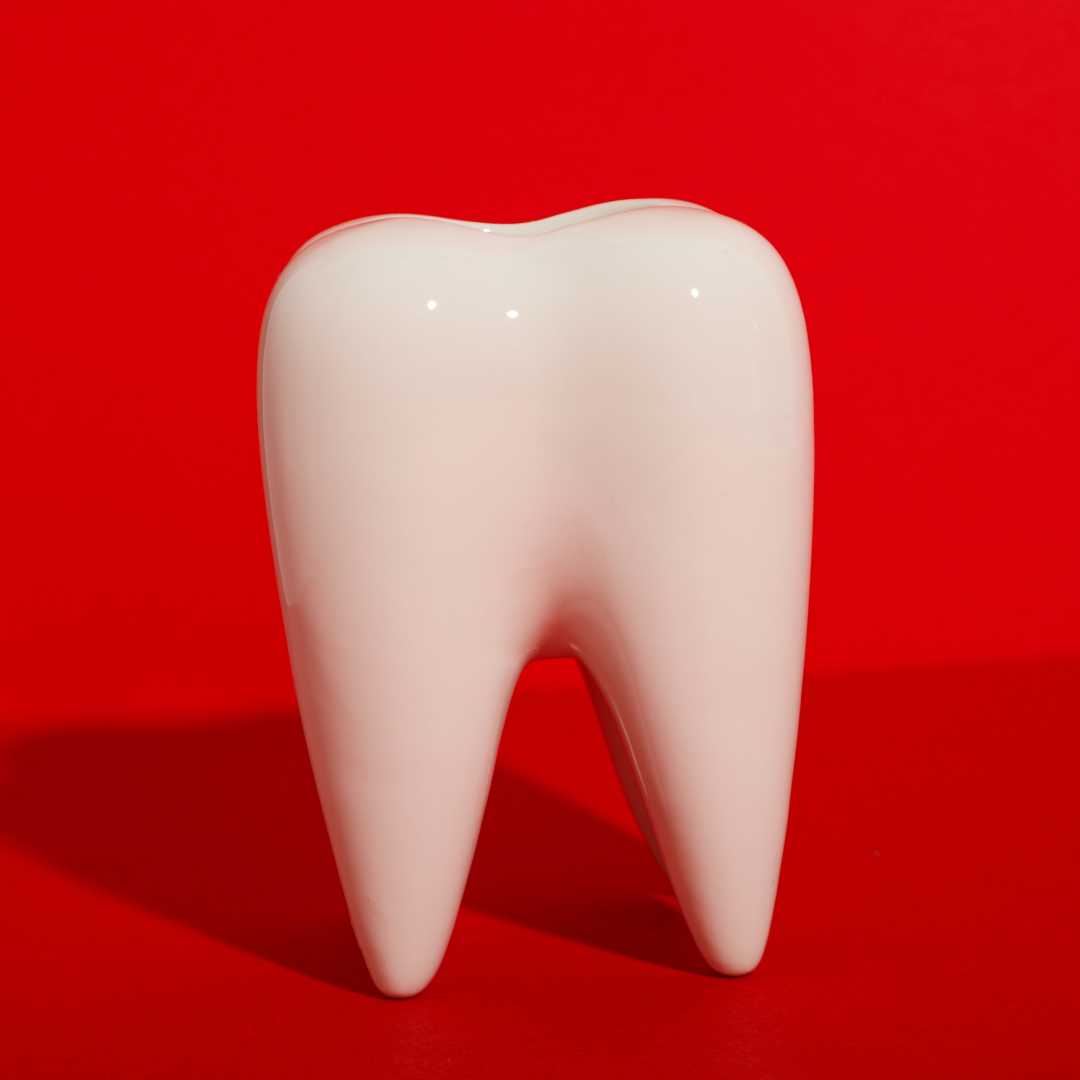

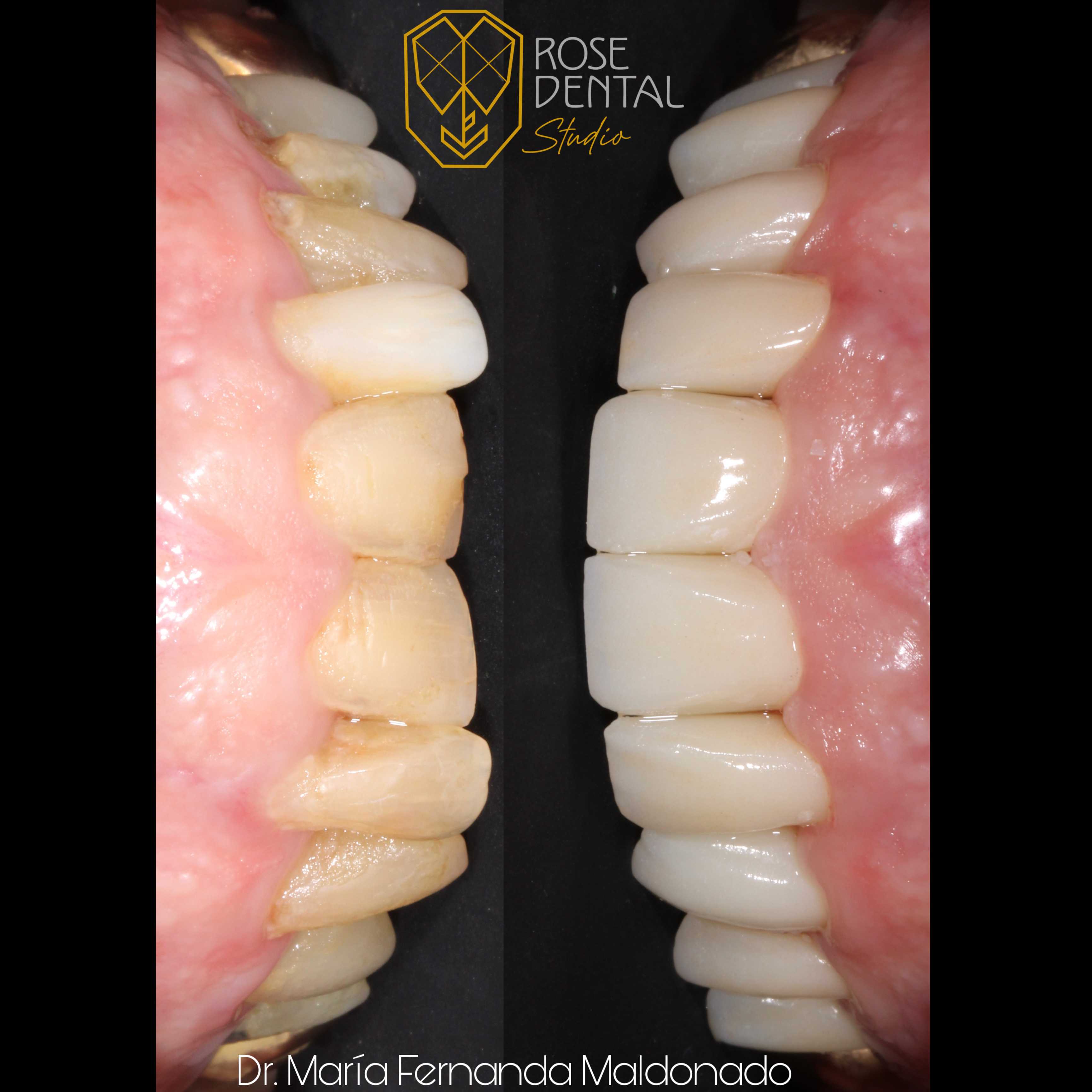





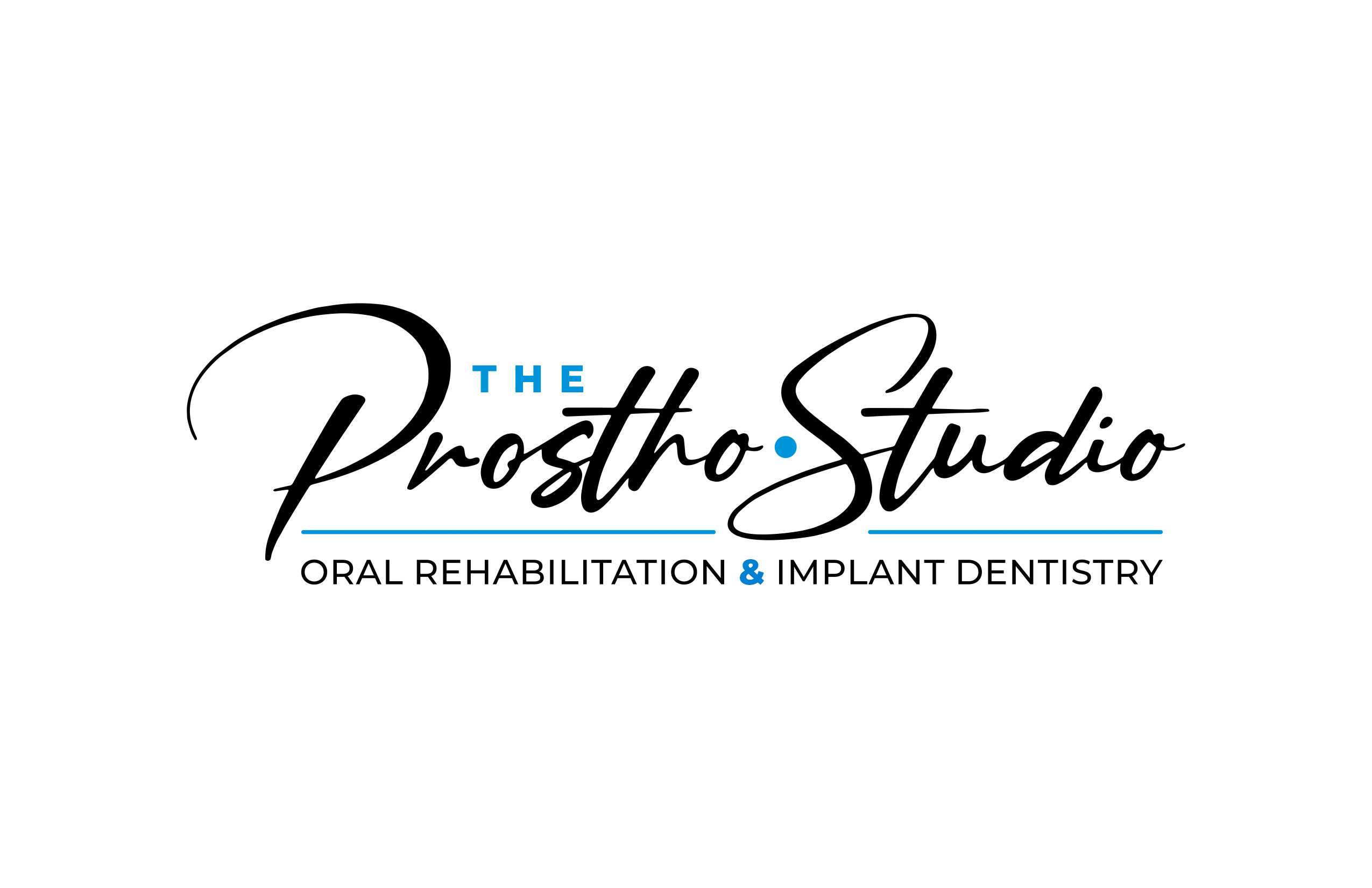
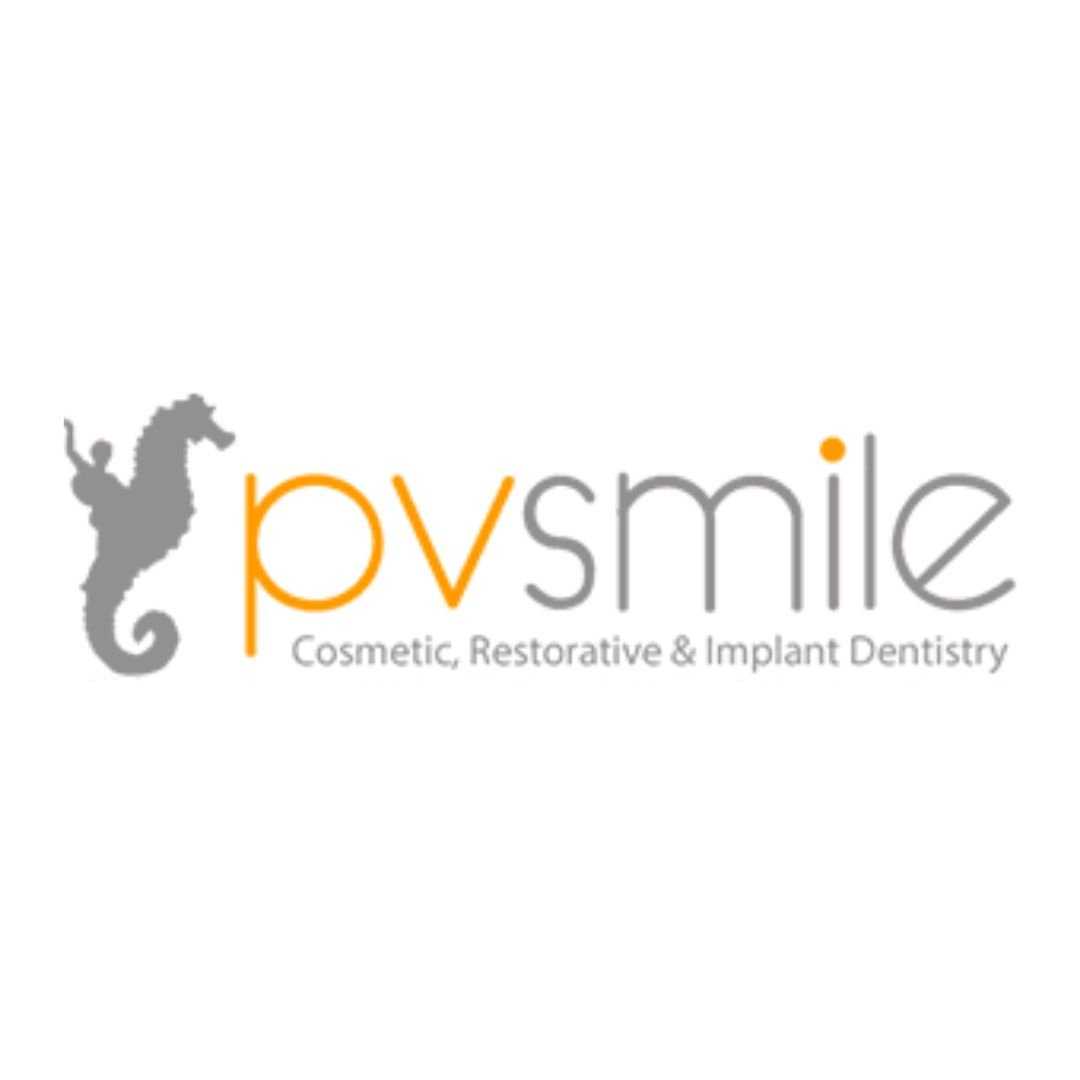
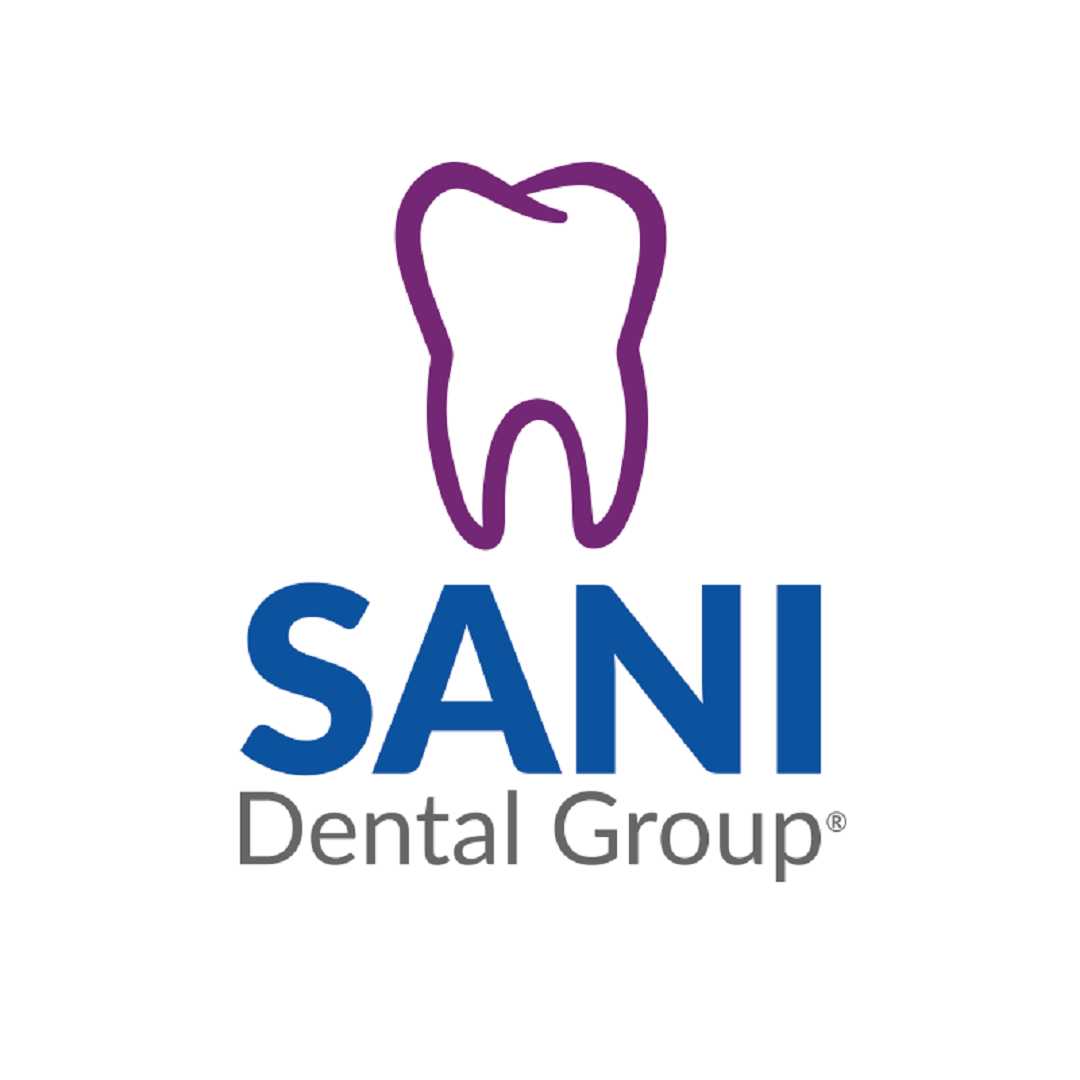
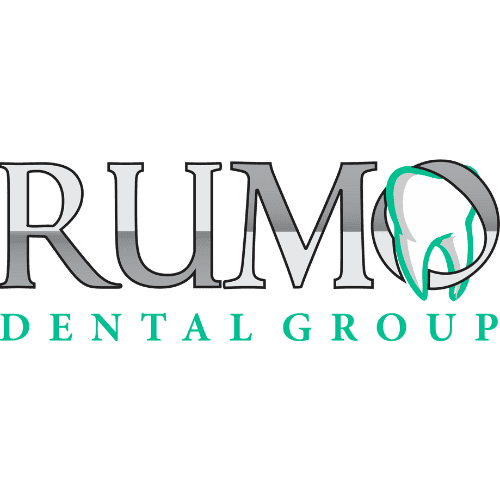
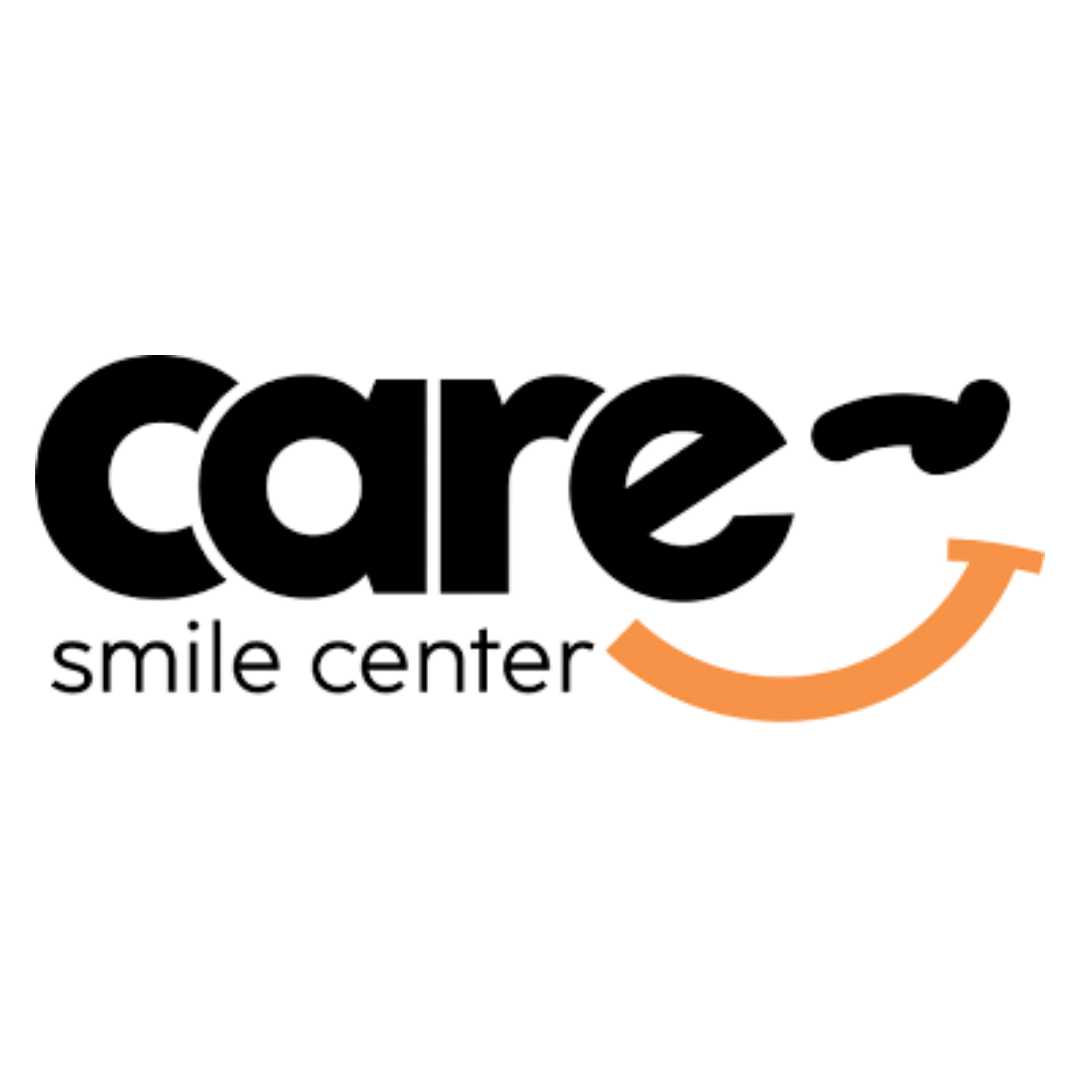

Share this listing